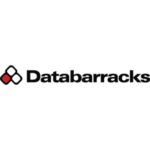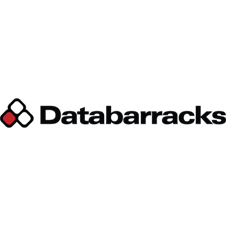Disaster recovery on a budget with Databarracks
For a long time, unless you were a large enterprise or a bank, real “DR” was out of reach for most organisations. It meant replica hardware, work area recovery contracts, internal staff and third parties to manage it.
That’s not the case anymore. Remote working, cloud services, and several other advances have made robust and reliable Disaster Recovery inexpensive and accessible to the masses.
In this month’s ‘How To’, we take a look at how you can make a disaster recovery plan on a budget.
Step 1: Use what you already have
You’re likely already doing many of the things you need for DR elsewhere in your organisation. For example, as part of your health and safety obligations, you’ll have an evacuation plan. That’s something you need for your DR plan, but not something you need to create from scratch. Use existing policies and processes wherever possible.
This way, you don’t add any additional cost and it also means you’re using things your staff are already familiar with, so there’s less to learn.
Step 2: Write the plan
Creating the plan itself doesn’t need to include any external spending. If you have the internal commitment from leadership and the BC/DR lead, you can do this at minimal or no cost.
Step 3: Create a grab bag
Create a grab bag containing all the things that you might need at the time of a disaster. You can include as much as you think would be useful, but also keep it very inexpensive. Common items include: hard copies of your plans, a high-viz vest and a first-aid kit.
Step 4: Communicate
A disaster may impact your primary communication methods, so you’ll need an alternative. This doesn’t have to be a big additional cost. You might already use an instant messaging service like Slack, or you could use a consumer service like WhatsApp. Alternatively, you can build your own, low-cost, mass notification system using our guide.
Step 5: Work remotely
Before remote working became commonplace, DR meant working from another location when your office isn’t available. That typically meant an expensive work area recovery contract.
Since the COVID-19 pandemic, many more people are able to work remotely than before. This means you can save significantly by sending everyone home in case of a disaster, rather than providing an alternative office space at all.
If you do want a hub for your senior management or Crisis Management Team to operate from, you could opt for a serviced office or conference room, booked at the time of the incident. Bear in mind however that although you’ll save money over work area recovery contract, it will add an additional task to find and book the space at a high-stress period.
Step 6: Recover IT in the cloud
One place you can save money is on recovery hardware. You don’t need servers and desktops sitting idly waiting for you. Recover your IT in the cloud and use laptops to work remotely.
Disaster Recovery is one of the best use-cases for cloud computing. Turn it off when you don’t need it, scale-up and only pay when you do.
Bonus: If you use a DR service provider, call them when the incident happens. They will do the hard work of restoring your servers, so when you’re ready to log in remotely, the servers are good to go. When you’re ready, you can send a notification to the team saying that they can now log on remotely and start working again wherever they are.



